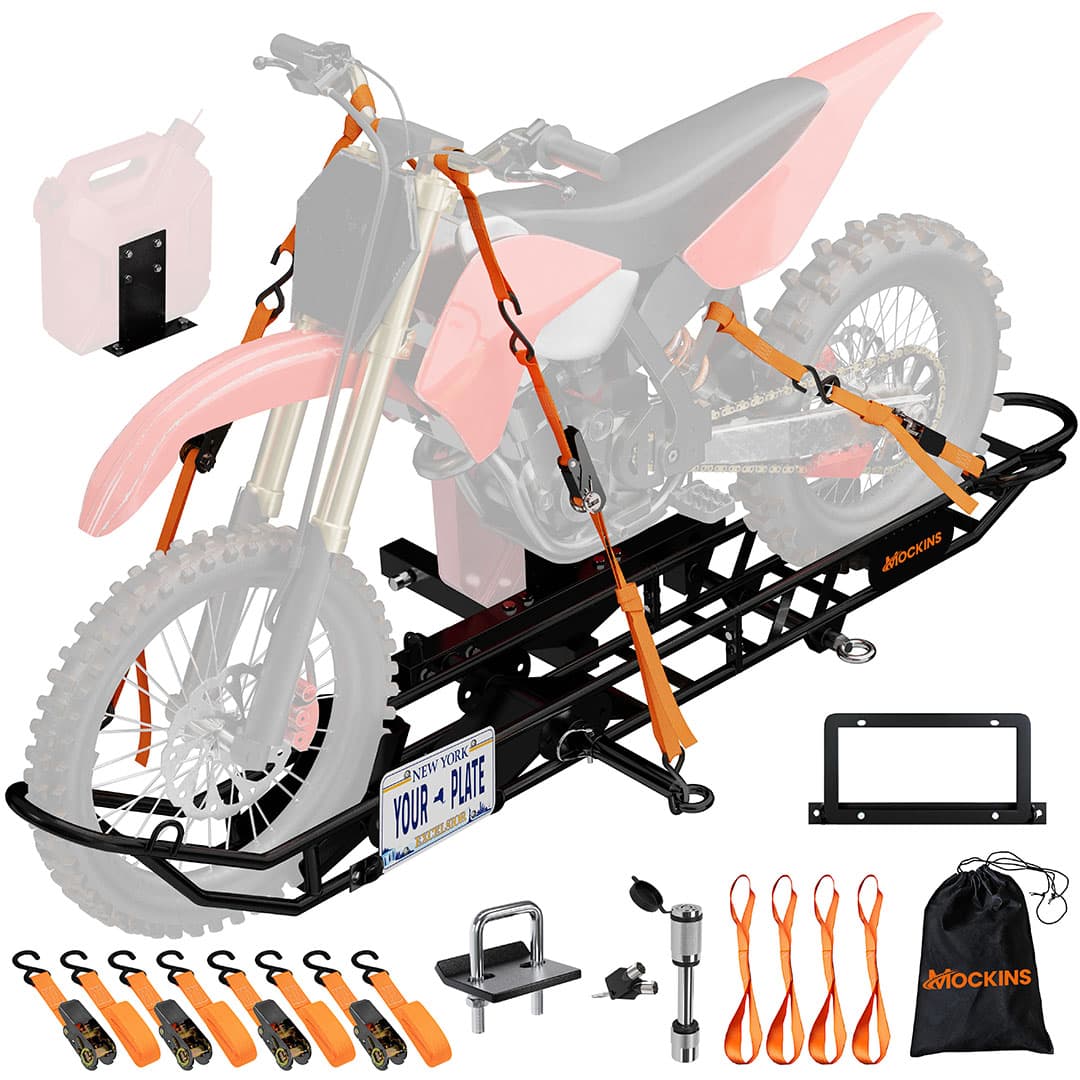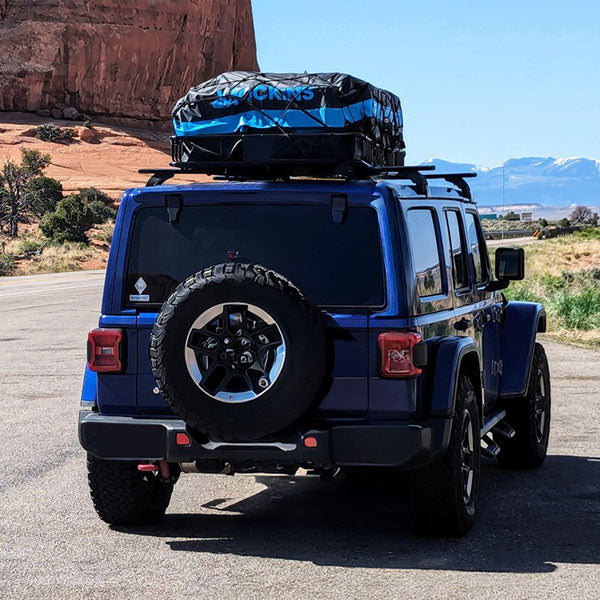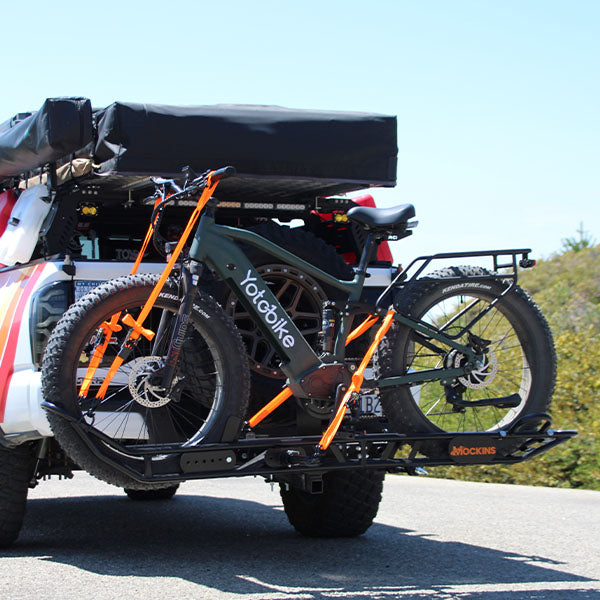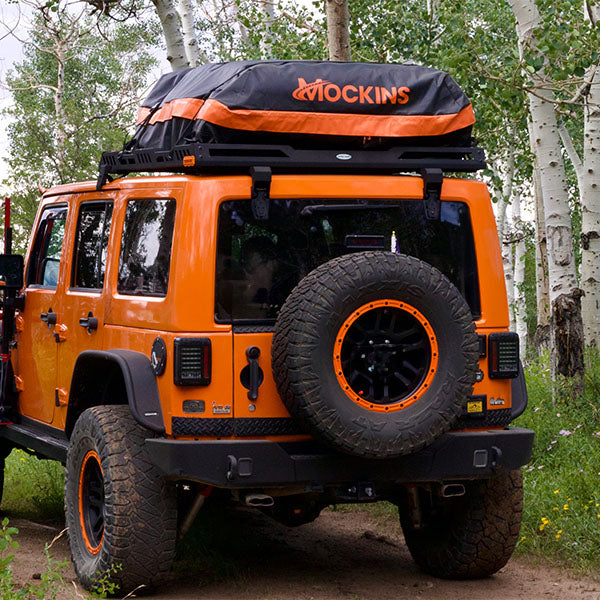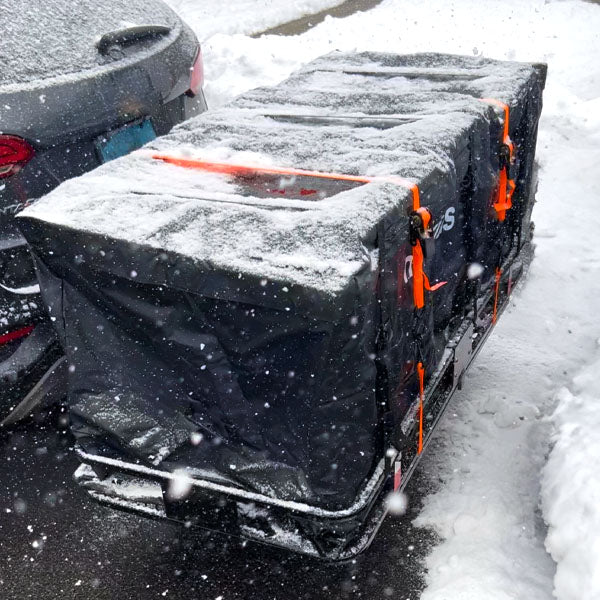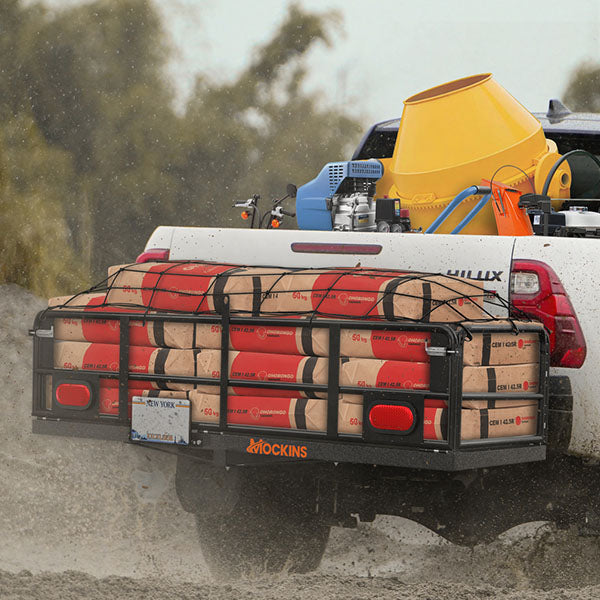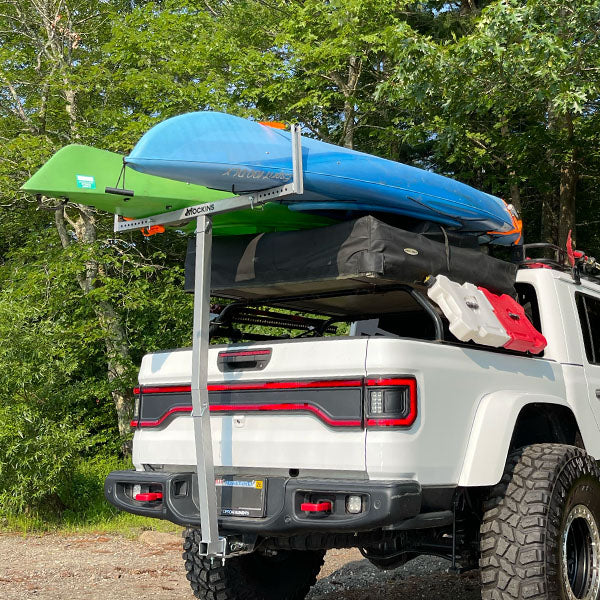You’ve decided it’s time to upgrade your mobility game with a wheelchair carrier. Maybe you’re tired of struggling to fit your chair into the trunk like it’s an oversized puzzle piece, or perhaps you just want a smoother, more dignified way to transport your wheels. Either way, a hitch mounted cargo carrier with a fold-out ramp could be your new best friend.
But before you dive headfirst into the world of metal platforms and sturdy ramps, there are a few things to consider. After all, not all carriers are created equal, and you deserve one that works for you—not against you.
1. Weight Capacity: Because Gravity is a Harsh Mistress
One of the first things to check is the weight capacity of the carrier. Your wheelchair or mobility scooter isn’t exactly light, and it’s important to ensure the carrier can handle its weight along with any additional accessories. Most wheelchair hitch carriers can handle anywhere from 400 to 600 pounds, so be sure to pick one that accommodates your chair and gear without breaking a sweat.
2. Ramp Length & Angle: Because Physics is Also a Harsh Mistress
The longer the ramp, the easier the incline. A short, steep ramp might turn your loading experience into an unintended extreme sports event—thrilling, but not exactly practical. Look for a hitch cargo carrier ramp that’s long enough to create a gentle slope, making it easier to roll up without feeling like you’re scaling Mount Everest.
3. Hitch Compatibility: Because Not All Hitches Are Created Equal
Not all vehicles have the same hitch size, and nothing ruins the excitement of a new carrier like realizing it doesn’t fit your ride. Most carriers require a Class III or IV hitch with a 2-inch receiver. If you’re unsure, take a peek at your vehicle’s specifications or consult a wise oracle (a.k.a. your mechanic).
4. Foldability & Storage: Because Garage Space is Precious
When you’re not using your carrier, you don’t want it sticking out like an awkward metal tail. Many wheelchair carriers come with a folding feature that allows them to tuck up neatly against your vehicle. This not only saves space but also prevents you from backing into unsuspecting pedestrians (which would really put a damper on your day).
5. Durability & Weather Resistance: Because Mother Nature Has No Chill
Rain, snow, and road salt can turn a cheap carrier into a rusty relic faster than you can say “oxidation.” Find a scooter hitch carrier made of high-quality steel with a powder-coated finish to keep the elements at bay. A little rust prevention goes a long way in keeping your carrier (and your investment) intact.
6. Securement Options: Because You Don’t Want a Runaway Wheelchair
Your wheelchair or scooter should stay put while you drive–not take an unexpected joyride down the highway. Look for a car wheelchair trailer rack featuring solid tie-down points, heavy-duty straps, and an anti-wobble device to keep everything snug and secure.
The Final Roll-Out
A wheelchair hitch rack with ramp can be a game-changer for convenience and independence. Whether you’re heading to the store, visiting friends, or hitting the open road, having the right mobility scooter carrier makes all the difference. Choose wisely, and you’ll be on your way in style—with no puzzling required.
